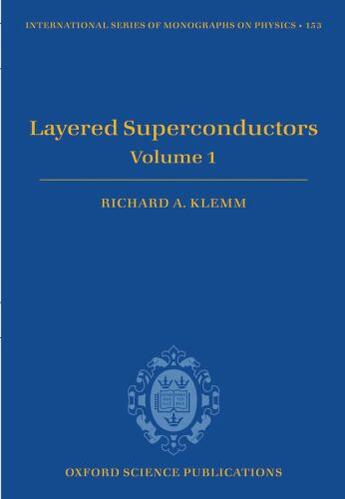-
Nombre de pages : (-)
-
Collection :
(-)
-
Genre :
(-)
-
Thème :
Non attribué
-
Prix littéraire(s) :
(-)
Résumé:
Since the discovery by the author and collaborators of superconductivity in the first truly layered compound, TaS2(pyridine)1/2, there have been many types of layered superconductors. These include the graphite intercalation compounds, the transition metal dichalcogenides, the intercalated... Voir plus
Since the discovery by the author and collaborators of superconductivity in the first truly layered compound, TaS2(pyridine)1/2, there have been many types of layered superconductors. These include the graphite intercalation compounds, the transition metal dichalcogenides, the intercalated transition metal dichalcogenides, the organic layered superconductors, the high-temperature cuprates, the various types of artificial multilayers, strontium ruthenate, magnesium diboride, the ternary intermetallics, the quaternary intermetallics or borocarbides, the iron pnictides and oxypnictides, the iron chalcogenides, and the intercalated metal nitride halides. In the development of this huge field, an underlying theme has always been to try to develop a room-temperature superconductor.
Since most of the superconductors with the highest transition temperatures are layered, this book compares and contrasts the wide variety of materials and their properties. It should serve as a guide for young experimentalists hoping to make a room-temperature superconductor.
In addition, the book presents the three classes of phenomenological theoretical descriptions of layered superconductors: the anisotropic London model, the anisotropic Ginzburg-Landau model, and the Lawrence-Doniach model specifically developed to treat layered superconductors. Calculations using these models for the upper and lower critical fields are presented in detail, accessible to graduate students wanting to learn the basics of widely-used theoretical descriptions.
Donner votre avis














